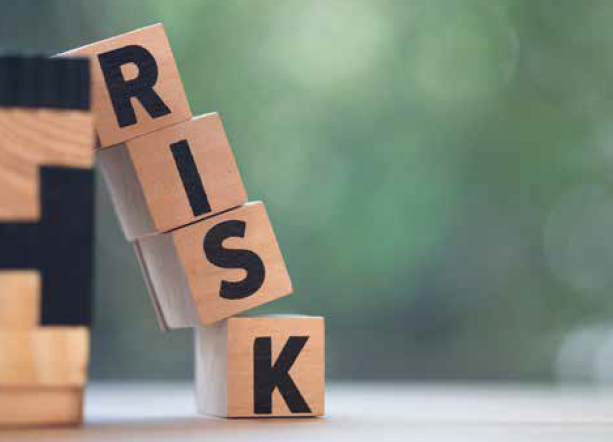Preparing for the unexpected.
As 2020 well and truly demonstrated, sometimes the unexpected can happen, and it is important that businesses are prepared to deal with the impacts of events that may not be completely within their control, and have supportive risk management practices in place.
The bushfires in many regions of the country, followed by the COVID-19 pandemic, saw operations across a range of industries completed upended, and it was necessary for businesses to adapt to the new reality and restructure their operations where required.
Fortunately for workshops, disruptions to business activities in 2020 were not of the scale experienced by some other industries, however the lessons learned can be incorporated into business practices going forward.
RISK MANAGEMENT
Businesses will typically need to navigate a diverse range of risks across the scope of their operations, from health and safety risks, through to financial risks, along with various other economic risks, and preparedness can go a long way to promoting business resilience.
Of course, mechanics and workshop owners face a range of risks over the course of their daily operations, and health and safety risks are a key consideration for industry.
As advised via the business.gov.au website, businesses should identify, analyse and evaluate risks in seeking to both work out the range of risks they face and determine which risks are most urgent.
Among the steps businesses can take in developing a risk management plan, business.gov.au advises:
• Pinpoint the areas that matter most – determine which areas of your business a risk management plan will apply to, such as hazard-based risks
• Stakeholder consultation – specific feedback from stakeholders, such as clients and employees, can add detail to a risk management plan, helping to determine what is high and low risk
• Risk identification – consider what could potentially go wrong, and how and why – this can involve drawing on past events and risks, and looking to the future, assessing the impact changes to your business environment could have on your business
• Risk analysis – determining which risks are most urgent, looking at the potential damage a risk could cause and the likelihood of it happening, using a rating system for damage and likelihood to work out the level of risk (risk level = damage x likelihood)
• Risk evaluation – set risk criteria, stating the level and nature of risks that are acceptable and unacceptable, comparing the level of risk for various events against this criteria, checking if existing risk management methods are enough to accept the risk
• Treat risks – develop a plan to treat risks, including risk types and the level of risk, along with strategies, time-frames, who’s responsible, the resources required and future action to be taken
• Reduce risks – committing to quality risk management can help promote business stability, and preparedness for unexpected events, with open communication, defined roles and feedback important factors.
Further information can be found at the business.gov.au website.
FUTURE FOCUS
In seeking to minimise the impact of unexpected events on your business, it is important to remain flexible in your operations, to ensure that the right policies and procedures are in place, and to balance short and long-term considerations.
As previously looked at in this series, writing a business plan can help to articulate the step-by-step processes and strategies required to grow your business, and risk management should be an inherent component of this type of planning.
Of course, the future will likely throw up all sorts of challenges, and while not every challenge can be predicted, in-built business resilience will go a long way to ensuring these challenges can be successful navigated.


